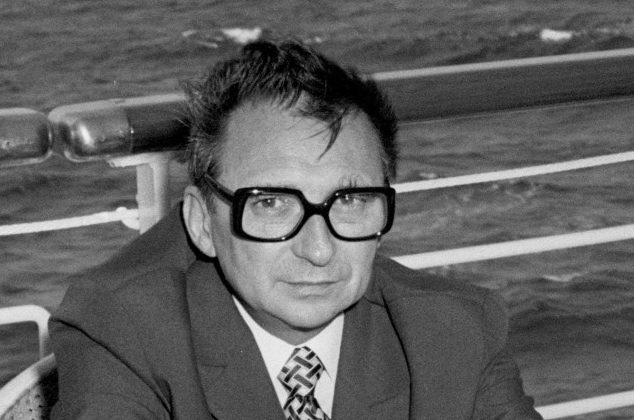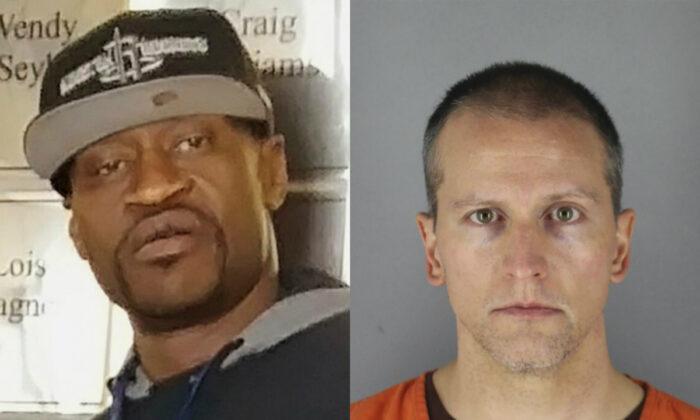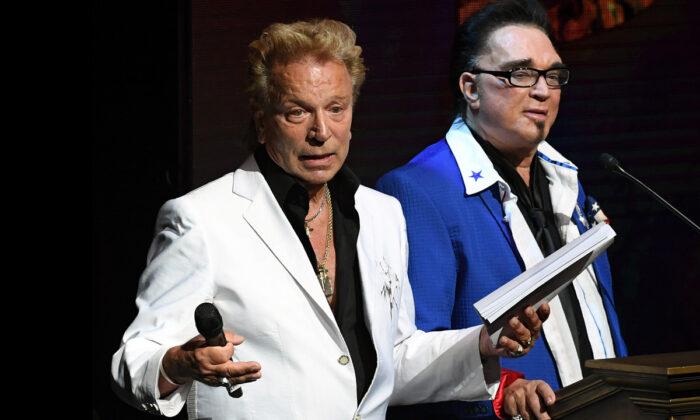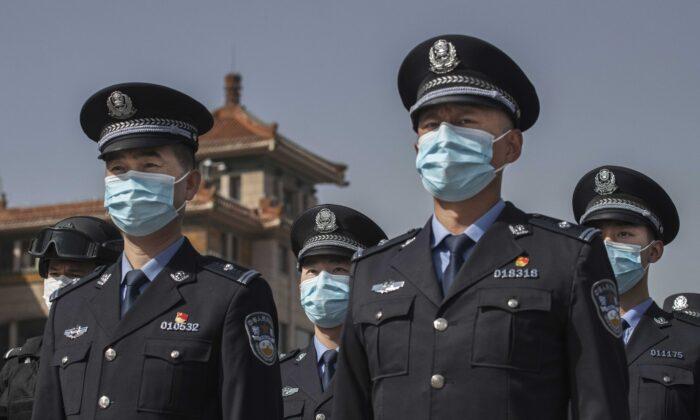Commentary
The NCAA—the National Collegiate Athletic Association—is the governing body for intercollegiate sports in the United States.
It was founded in 1906 to protect young men from dangerous and exploitative athletic practices at the time. Over the years, it has adopted and promulgated playing rules, standards for amateurism and academic eligibility, regulations concerning recruitment of student athletes, and rules governing the size of teams and coaching staffs.
The NCAA’s
stated purpose—its reason for existing—“is to maintain intercollegiate athletics as an integral part of the educational program” and “retain a clear line of demarcation between intercollegiate athletics and professional sports.” The
U.S. Supreme Court has acknowledged that “the interest in maintaining a competitive balance among amateur athletic teams is legitimate and important.”
NCAA rules are designed to ensure that college teams have competitive balance, that athletes are safe, and that they are actual students and not professional athletes. To those ends, the NCAA prohibits college athletes from being compensated for their performances. By joining the NCAA, each member institution agrees to abide by and to enforce NCAA rules.
This year, the NCAA faces several interesting issues at its annual meeting on Jan. 23–25 in Anaheim, California. Probably the most interesting issue is that of “Name, Image, and Likeness.”
Endorsements and Licensing
As part of its effort to retain the collegiate model and ensure that athletes remain true amateurs, the NCAA has prohibited student athletes from making a profit off their name, image, or likeness. In other words, they can’t endorse products, license their name or image, or make personal appearances for commercial purposes. Professional athletes, of course, do all of those things.In September 2019,
California passed a law prohibiting schools in that state from restricting athletes from profiting off their name, image, or likeness. That law doesn’t come into place until 2023, but it has already set up a showdown between California and the NCAA. If each entity holds its ground, California schools will be in violation of NCAA rules and presumably ineligible for NCAA-sanctioned events.
The NCAA’s working group on name, image, and likeness set forth several
principles that it says should guide the philosophy behind development of the new rules and regulations. They include:
“Assure student-athletes are treated similarly to non-athlete students unless a compelling reason exists to differentiate. ...
“Ensure rules are transparent, focused and enforceable and facilitate fair and balanced competition.
“Make clear the distinction between collegiate and professional opportunities.
“Make clear that compensation for athletics performance or participation is impermissible.
“Reaffirm that student-athletes are students first and not employees of the university.
“Protect the recruiting environment and prohibit inducements to select, remain at, or transfer to a specific institution.”
Some observers have suggested that these principles will make it difficult, if not impossible, for any change by the NCAA to be meaningful to college athletes. Many commentators, of course, want to see athletes paid for playing.
Paid for Playing
A good baseball player can go pro after high school and get paid for playing. The NBA is working on a similar arrangement for basketball players, but it’s still in its infancy. Football players, however, don’t have a very good alternative to college. That means that almost anyone who hopes to one day play in the NFL or the NBA has to go to college.Some schools pull in a large amount of money from football and basketball, but not all do.
Jacksonville University just dropped football due to its costs. Even though the program was non-scholarship, the annual cost of playing football ran into “multi-millions,” and it came at the expense of 19 sports and 450 student-athletes.
The
University of Alabama at Birmingham (UAB) dropped its football program at the end of 2014 due to expenses, but brought it back two years later. Decision-makers decided that the matter was as much about politics and school pride as it was about finances.
Frankly, most athletic departments
lose money. The money that comes in from profitable programs is spent on facilities, coaches, and to support all of the other sports that don’t generate revenue. If football and basketball players were paid, hard choices would have to be made about shutting down some of the non-revenue programs. (Not to mention decisions about who could get paid: All athletes? All athletes on revenue-generating teams? Only star players on revenue-generating teams?)
Name, image, and likeness issues are different from straight-up pay. It’s more about giving individuals permission to earn money from other sources. You might think that would make it an easy call. It isn’t.
Competitive Balance
Here’s (a least part) of the reason for the NCAA’s traditional position against such permission:Strong teams, with huge followings (think of football schools such as Notre Dame, Alabama, and U.S.C., or basketball schools such as Duke and Kentucky) would be able to set up endorsement deals for all or almost all of their players. So, while the university wouldn’t be paying the players directly, monetary benefits could play havoc with the competitive balance between college teams. Good players would make money by going to those teams.
Monitoring competitive balance, of course, is one of the main duties of the NCAA.
Representatives from all around the United States will be in Anaheim to work on this issue and others. (I will be on a panel discussing issues related to how universities can deal with l
egal sports betting in their states.) Their votes will determine the future approach to these issues. Because, while people may think of the NCAA as a dictatorial-style government structure, it really is a club. It’s an association of more than 1,000 member colleges, conferences, and universities.
Schools can quit the NCAA if they want. Almost none ever do. It provides
valuable and needed services. If the NCAA’s rules are misguided or antiquated, they can and will be changed with a vote of the membership.
It will be interesting to see what the universities decide to do about these and other issues, starting with the meeting taking place in Anaheim.
Ronald J. Rychlak is the Jamie L. Whitten chair in law and government at the University of Mississippi. He is the author of several books, including “Hitler, the War, and the Pope,” “Disinformation” (co-authored with Ion Mihai Pacepa), and “The Persecution and Genocide of Christians in the Middle East” (co-edited with Jane Adolphe).
Views expressed in this article are opinions of the author and do not necessarily reflect the views of The Epoch Times.





